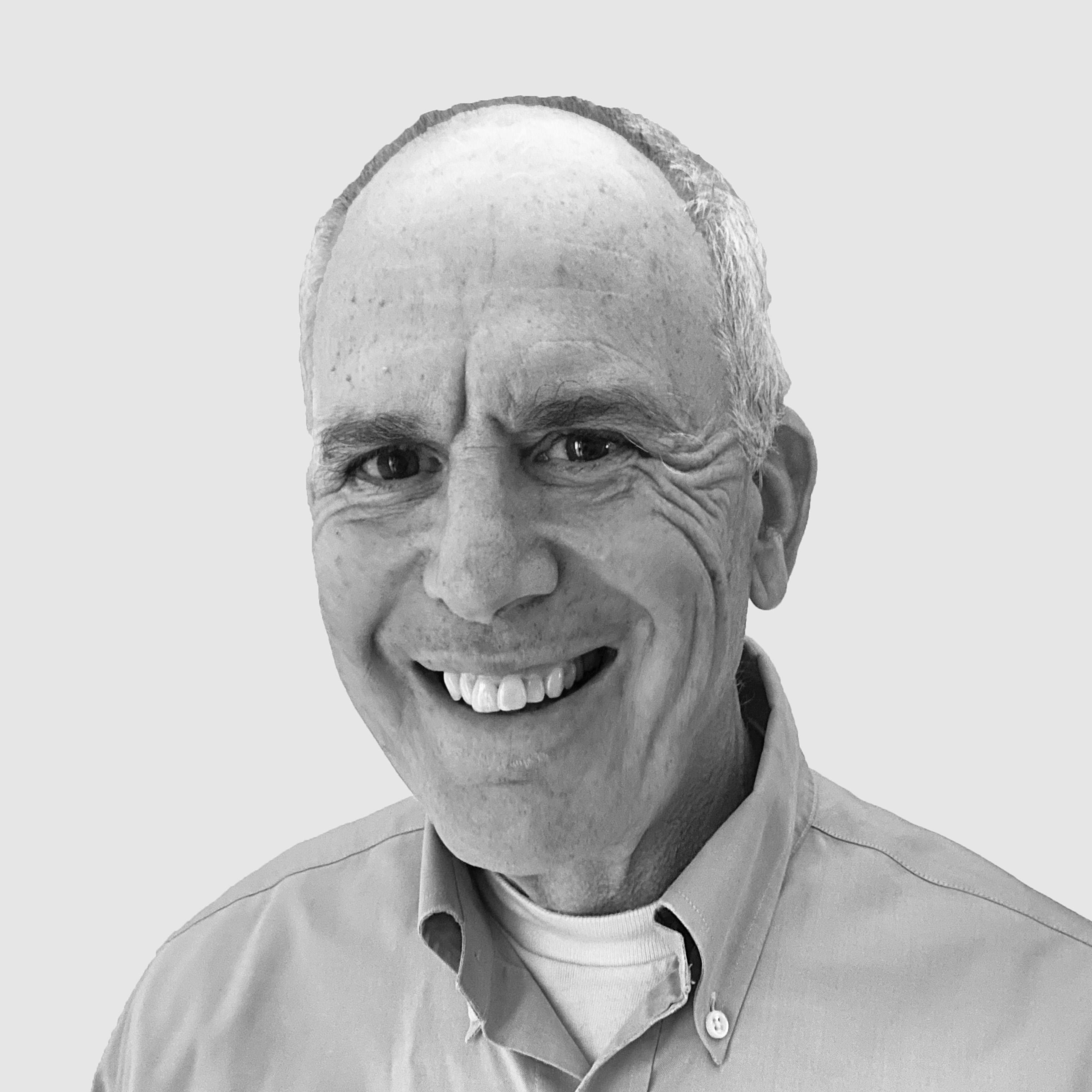Capital
Here's Why Japan’s Iida Group Chose a 55+ Georgia Builder For Its U.S. Debut
A major Japanese builder enters U.S. housing with a stake in Atlanta-based Patrick Malloy Communities. Here's what it means for the M&A race, aging buyers, and the Southeast growth map.

When Japan-based Iida Group Holdings announced last week it would acquire a 60% stake in Atlanta-area builder Patrick Malloy Communities through a newly formed U.S. subsidiary, the transaction made a few headlines.
But behind the formal investor language lies a story with far-reaching implications—about global investment flows, shifting demand patterns, and the intensifying competition for high-performing homebuilding operations in the United States.
For Iida Group, this deal marks a deliberate and strategic move. It’s the company’s first step onto American soil through a majority ownership stake.
For Patrick Malloy, it’s a capital and operations partnership with a deep-pocketed, technologically advanced, globally experienced player that wants to grow here. And for the rest of the homebuilding industry—both builders and those circling for acquisitions—it’s another clear signal: overseas interest in U.S. homebuilding isn’t slowing down. If anything, it’s gaining structure, confidence, and precision.
A New Name, A Familiar Playbook
Iida Group’s move follows a pattern now familiar in the U.S. housing market. In the past decade, Japan’s most prominent residential development firms—Sekisui House, Daiwa House, Sumitomo Forestry, Misawa Homes, and Ichijo—have moved assertively into U.S. homebuilding. All of them carry long histories of innovation in housing construction, customer service, and land development. All of them are searching abroad for growth as Japan’s housing market shrinks with its population.
Iida now joins that cohort through its subsidiary Arnest One Corporation, which will create a new U.S. arm called Arnest One America, Inc. That vehicle will fund the $52 million acquisition of a majority stake in Patrick Malloy Communities’ new parent company, PMCO Holdings. The deal values the whole at just under $90 million and marks the beginning of Iida’s long game in the U.S.
The company’s investor communication makes it clear: Iida sees the U.S.—and specifically, Atlanta and the broader Southeast—as a growth opportunity. It calls out in-migration, economic stability, and the relatively lower risk of natural disasters compared with other regions. It also describes Patrick Malloy’s recent shift in focus toward 55-and-older buyers as a key attraction.

That demographic focus may seem narrow, but it’s a telling choice. The 55+ buyer is discretionary. Less rate-sensitive. More values-driven. And often motivated by life-stage timing—downsizing, relocating for lifestyle, or buying second homes—not macroeconomic signals.
Why This Buyer, and Why Now?
Patrick Malloy Communities has quietly built a reputation for designing and delivering well-crafted homes and neighborhoods with higher price tags and more curated land positions than most national production builders. The company recently pivoted its business away from first-time buyers and toward building for 55+ customers in master-planned settings.
This is where Iida enters the picture. Rather than buying its way into entry-level volume or competing directly with national builders in high-turnover, price-sensitive submarkets, the company is positioning itself in a niche where buyers are moving by choice. In a housing market clouded by uncertainty, affordability pressures, and rising insurance and materials costs, that niche offers stability and margin.
Choosing the Southeast also speaks to strategic discipline. Atlanta is already a magnet for relocators from the Northeast, Midwest, and West Coast. Land is more accessible than in other major U.S. metros. The regulatory path is less burdensome. And the mix of urban amenities and suburban communities makes it ideal for active adult buyers seeking something new.
In short, this isn’t a toe-dip. It’s a beachhead.
We've met with the Iida leadership in Japan more than once," says Tony Avila, founder and CEO of Builder Advisor Group. "I would expect them to continue to invest in the U.S."
Iida Group: Who They Are and Why They’re Here
Iida Group Holdings isn’t a household name in U.S. housing circles, but it’s one of Japan’s largest homebuilders. Its mission revolves around providing “safe, secure, and comfortable homes”—and doing so efficiently. It operates dozens of subsidiaries across land development, homebuilding, multifamily, and property management. While Arnest One, the operating subsidiary behind this deal, saw a dip in profits in Japan in recent years, it still generated over ¥285 billion (roughly USD 1.9 billion) in net sales last year.
The company is explicit about why it’s looking abroad. Domestic demand is slowing, labor shortages are intensifying, and land is becoming increasingly difficult to secure. Meanwhile, the U.S. housing market, despite its near-term headwinds, offers long-term structural upside. The combination of household formation, in-migration, and inventory undersupply makes the United States attractive. So Iida’s logic is simple: rather than waiting out demographic decline at home, invest in population growth abroad.
What’s more, Japan’s financial climate—low interest rates and a favorable yen-to-dollar exchange—makes outbound capital deployment a more effective growth strategy than M&A at home. U.S. private homebuilders are increasingly open to partnerships. The window is open, and Iida just stepped through.
What Builders and Buyers Should Take From This
For U.S. builders, especially privately held ones, this deal highlights a few emerging realities:
- Foreign interest is here to stay. Iida is the latest—but not the last—global player betting on U.S. residential development. More acquirers, mainly from Japan, Korea, and Europe, are likely to follow.
- Valuation pressures may increase. For private builders, particularly those with strong operations and desirable land positions, this kind of interest sets new comparables for deal pricing and structure. Expect more suitors with different capital stacks—and more complexity in M&A dealmaking.
- Operational synergies are part of the playbook. Japanese builders tend to bring with them advanced manufacturing, vertically integrated systems, and land-light strategies. When they enter the U.S., they’re not just buying companies—they’re adapting them to run differently.
- Customer targeting matters. If 55+ buyers are viewed as a stable segment in an otherwise volatile market, expect more focus—and more competition—for that customer in master-planned communities across the Sunbelt.
What the Deal Signals for the M&A Pipeline
The pace of U.S. homebuilding M&A has been high since 2021, as large public firms have sought to shore up land pipelines, enter new markets, or scale operational reach. But Iida’s move reminds us that the pool of buyers is deeper than just Wall Street-backed strategics.
Strategic foreign acquirers add a new layer of competition for quality builders. They’re not buying for short-term earnings—they’re buying for long-term platform building. And they tend to have patient capital. Their investment thesis isn’t just quarterly performance—it’s decade-long market presence.
This means private equity firms and public builders chasing the same assets may now find themselves outbid, or outflanked, by acquirers willing to take their time and think long.
Why It Matters Now
The timing of this deal is important. It comes amid a U.S. housing market that’s both constrained and uncertain. Mortgage rates remain elevated. Affordability challenges are widespread. Labor remains tight. And insurance volatility has thrown new layers of complexity into where and how homes can be built.
Yet Iida is moving forward. That tells us something important.
Even in the face of all this, long-term confidence in U.S. housing demand remains strong, particularly from those outside the system, looking in. If you’re running a homebuilding operation today, that should be a wake-up call. There is a belief in the long game. There is conviction in this market’s fundamentals.
That belief is coming from outside the U.S., backed by experience, capital, and a clear strategy.
Which raises a simple question for builders here at home:
If they see the value clearly, why don’t we?
MORE IN Capital
As Builders Face Bank Fatigue, New Financing Paths Emerge
Lending conditions have tightened for 14 straight quarters. A new era of private construction finance is taking shape — faster, leaner, more relationship-driven.
Hunt Companies Buys View Homes Amid M&A Wave
The early-October deal signals a growing M&A presence of patient capital platforms -- some of them global asset managers --backing operators as capital pressure mounts on private builders in a long-term bright-future backdrop for U.S. residential development.
Capital Optionality Is 2026's Winning Homebuilder Strategy
Tony Avila breaks down the competitive edge capital brings—and how private builders can win big in 2026’s reshaped landscape.
